Sometimes the hardest part about nature and wildlife filmmaking is editing. You can shoot the most incredible footage but if your goal is to make films from your footage, you need to learn to edit.
Editing however is more than just trimming clips down to size, placing them on a timeline and adding some music and you’re done. One of the most involved and often tedious part of editing is post processing.
Post Processing Is Where The Magic Begins
The most common post processing in any type of filmmaking is color correction and exposure adjustments. Color correcting is where you adjust the colors of your footage to either to eliminate any color bias your camera may have or to change the “look” of your footage to set a certain mood.
A lot of filmmakers will shoot their footage “flat”, meaning they have a large dynamic range and the colors are rather dull. In post processing, they’ll adjust the contrast and tweak the colors to get the look that they want.
I’ve taken a different approach and I’ve adjusted my cameras settings to give me the look I want “in-camera”. So what is recorded on my P2 cards is pretty much how I want the footage to look. It’s not for everyone but I know what I like so I just set my camera to deliver that look and I can then focus on telling the story when it comes to editing and not have to worry really about how the footage looks.
Sometimes Post Processing Can’t Be Avoided
Even though my camera gives me the saturated colors and the crushed black that I like, sometimes there are shots that just have to be addressed in post. In the video below I’ll show you how to use a color mask to adjust an over-exposed moon setting behind a snow-covered mountain.
Check out the video and please, leave a comment if you found it helpful. This is my first editing tutorial and if you found it useful, I’ll certainly start doing more of them. Like anything, the more I do, the better I’ll get at them. So leave a comment below and let me know what you need help with and I’ll do my best to try and help!
And as always, shoot the ordinary and make it extraordinary!

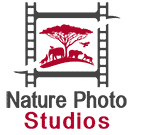
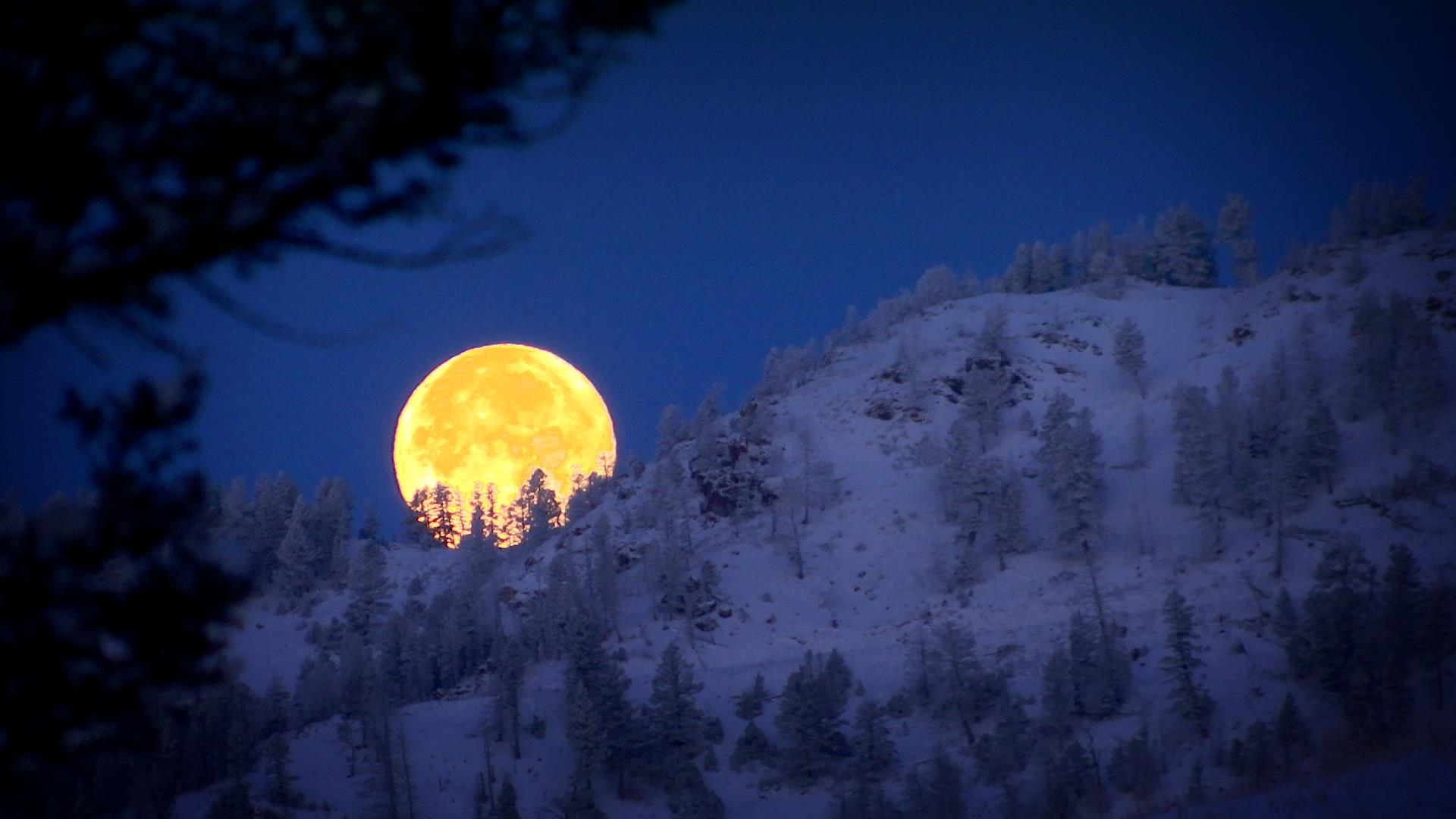

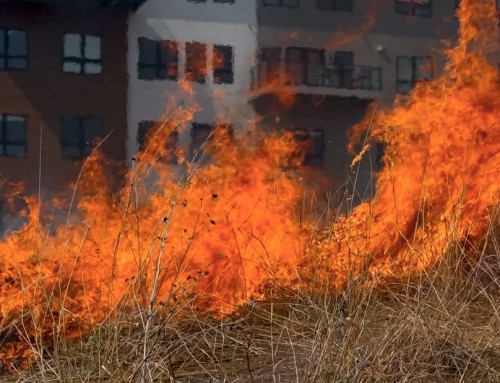
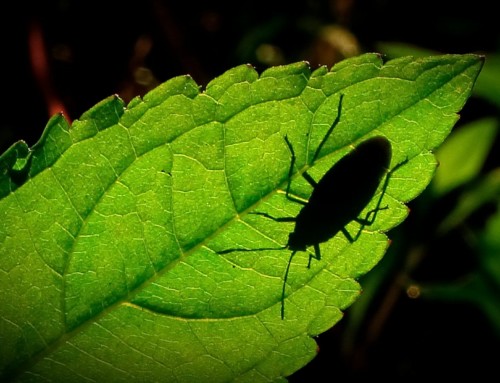
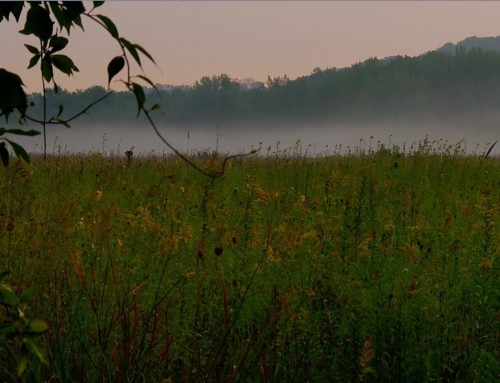

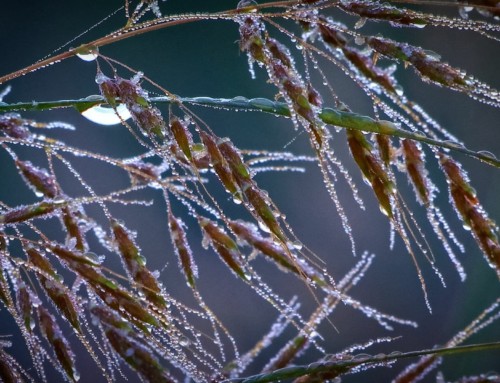
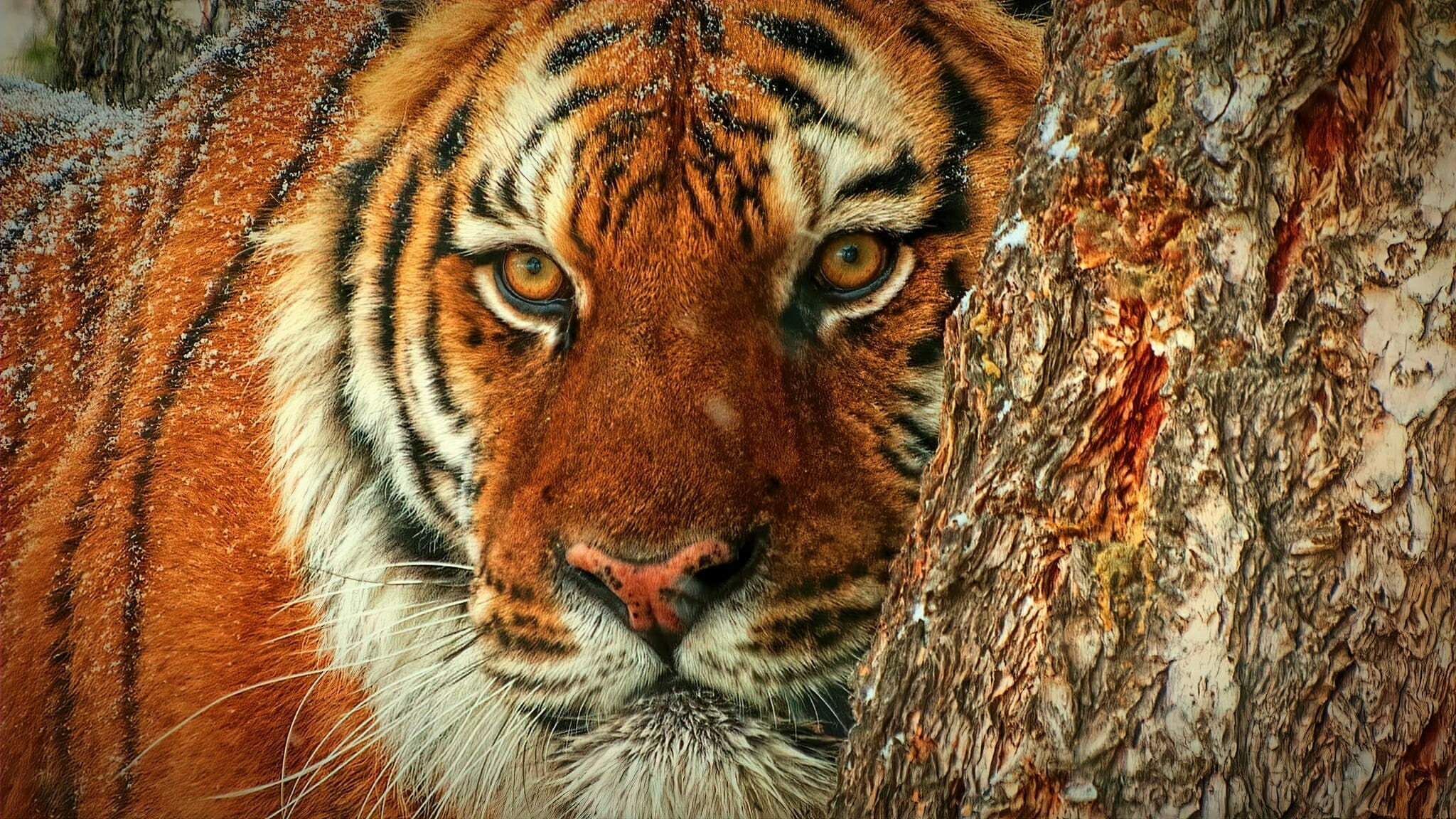
Great Tutorial Kevin,
Will have to try that out for sure!!
Thank you very much.
Bryce
Hey Bryce,
Glad you found some value in it.
It’s not often that I have something so overexposed as I usually try to keep everything pretty balanced.
I’m luck in that my camera has a waveform monitor as well as two sets of zebras so I know where my exposure is at. This was just one of those situations where I had to overexpose in order to be able to get a decent shot of the mountain.
I shot some footage earlier before the moon was close to the mountain and properly exposed the moon and everything was black. So thankfully, the color mask came to my rescue and gave me a result comparable to what I was seeing with me eye.
Thanks for taking the time to leave a comment! I really appreciate it!!
Thanks for giving us this great tutorial about color masking.
I will try it out.
Happy New year and may it give you many golden moments out in the field ?
Geir Inge
Hey Geir,
Thanks for taking the time to leave a comment, I really appreciate it!
Hopefully color masking will be a useful tool for you if you ever need it!
Happy New Year to you too and let’s hope it’s a great year of filming nature and wildlife for all of us!!
Very nice, Kevin – easy to follow and well aimed for good content!
Happy New Year to you and yours, and looking forward to see more later in the year!
Hey Paul!
Thanks for taking the time to leave a comment. I really appreciate it!
Hopefully you found the tutorial helpful. I know I’ll be looking at color masks a lot more in the future to help raise the level of my work.
Happy New year and lets hope it’s a great year for filming nature and wildlife!!!
Hey Kevin,
GREAT tutorial I have tried masks before however they are very limiting as you explained, I have never tried a color mask do you know if they have them in Sony Vegas Pro 13?
Also so often when someone shoots one of these tutorials they bounce around so much I can’t keep track of how they get to all those different spots in the software…not in your tutorial yours was smooth and simple and well done.
Thank you,
Don
P.S. when did you get the drone used in the closing shot?
Hi Don,
I searched for Sony Vegas 13 Pleasantville effect and found this video” https://www.youtube.com/watch?v=6q91PnSVfy8
Hopefully that will get you were you need to go. I didn’t watch the whole video but it was about isolating a single color so that’s basically what I was doing in FCPX.
I need a lot more practice doing these tutorials to be smoother but I figure I’ll get better with each one. Glad you found it useful and I hope you can use them in Sony Vegas!
Yep, that’s my drone shot at the end. Was flying over my favorite nature center here in Iowa. 🙂
Let me know if there are other things I can do tutorials on!
Thanks for taking the time to leave a comment!!
Hi Kevin,
Thank you for this tutorial. I am switching to Final Cut soon and this kind of tutorial will be very much appreciated!
Thanks again!!
Claude
Claude,
If there’s anything you need help with, let me know. If you need more information on how to do something, others probably will as well.
It’s all part of my master plan! If people shoot and edit better nature and wildlife footage then there’s more of that beauty getting spread around and maybe more people will be interested in saving it!
Hey Kevin, another great tutorial!!
I have recently started using Resolve for my colour work from Premiere, so will have to see if I can do the masks there…
BTW – was that a full speed video shoot or did you speed up the footage?
Thanks
Howard